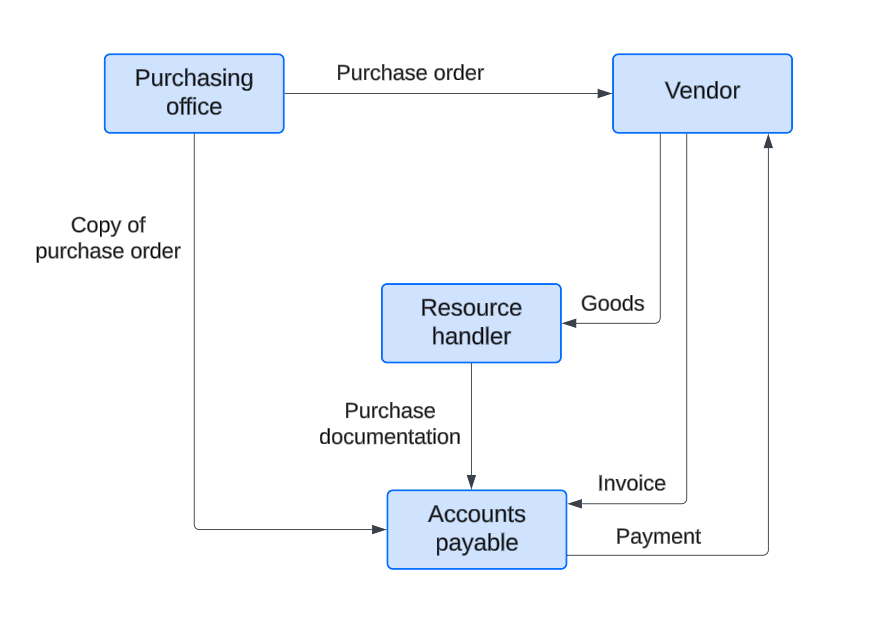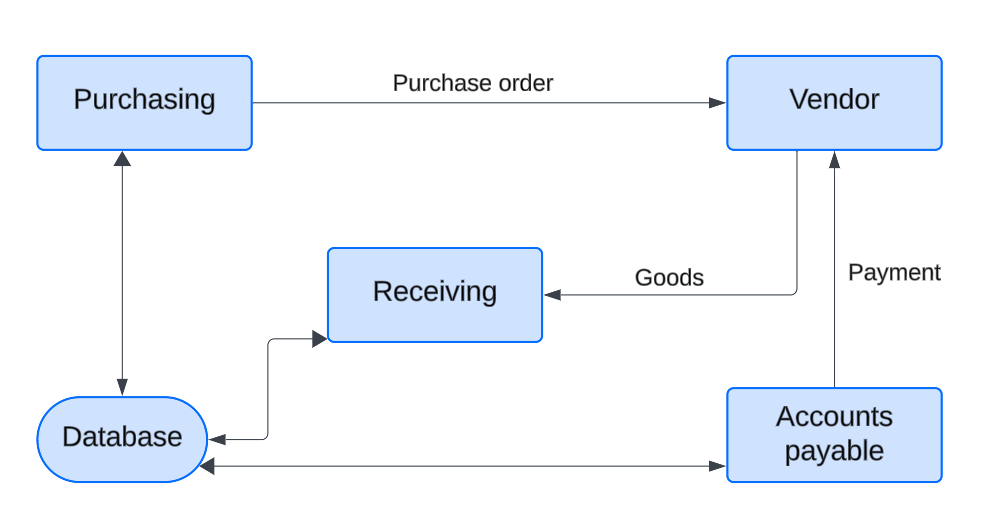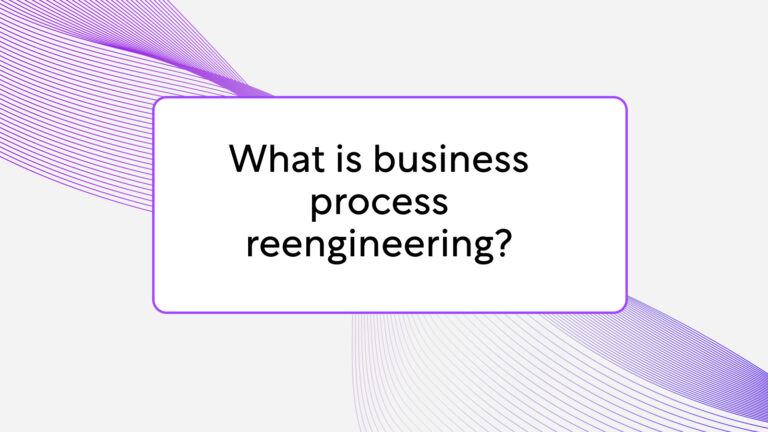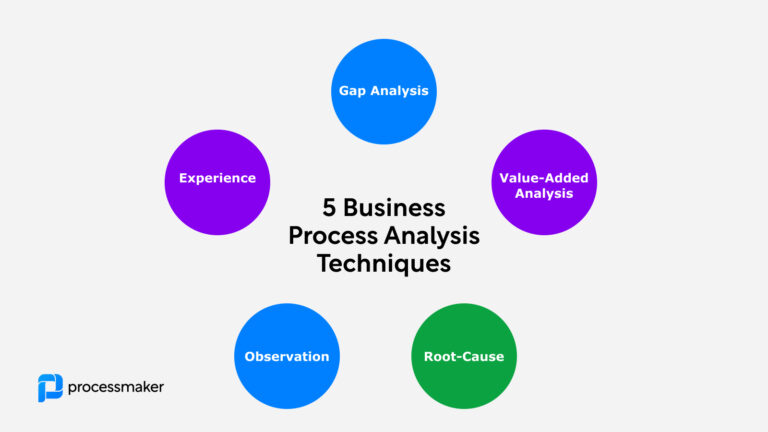Process reengineering is an important aspect of process analysis that can help streamline operations, improve efficiency, and reduce costs. Business process engineering involves analyzing existing processes and making significant changes to optimize them. This can include streamlining processes, eliminating unnecessary steps, and introducing automation technologies.
What exactly is process reengineering?
Business process reengineering (BPR) is a strategy to redesign core business processes. BPR can optimize end-to-end business processes, identify key processes that require reengineering, and help teams reach specific business goals.
BPR can make radical improvements in aspects like quality, cost, or speed compared to incremental business process improvement (BPI). However, BPR can also disrupt workflows and can fundamentally change business operations. So before you redesign your business processes, make sure everyone understands the status quo they are changing and their key goals.
BPR is a holistic approach that aims to transform business operations by identifying inefficiencies and streamlining processes. By doing so, organizations can better compete in a dynamic market, achieving dramatic improvements in their core business processes. The ultimate goal of BPR is to create a more efficient and effective organization that can quickly adapt to changing market conditions and customer needs.
History and evolution
The concept of BPR was first introduced in a groundbreaking 1990 article by Michael Hammer, titled “Reengineering Work: Don’t Automate, Obliterate,” published in the Harvard Business Review. In this seminal piece, Hammer argued that traditional methods of improving business processes, such as automation and incremental improvement, were no longer sufficient in a rapidly changing business environment. Instead, he advocated for a more radical approach that involved fundamentally rethinking and redesigning business processes to achieve dramatic improvements in quality, cost, and speed.
Hammer’s article ignited a wave of interest in BPR, quickly gaining popularity among business leaders and management consultants. In 1993, Hammer and James Champy further elaborated on the principles and practices of BPR in their influential book, “Reengineering the Corporation: A Manifesto for Business Revolution.” This book became a cornerstone for understanding and implementing BPR, providing a comprehensive guide to radically transforming business processes.
Since its introduction, BPR has evolved to incorporate new technologies, tools, and methodologies. Today, BPR is recognized as a key component of business process management (BPM), which involves the systematic management of business processes to achieve strategic objectives. BPR is also closely related to other business improvement initiatives, such as continuous improvement, business process improvement, and business process automation.
Despite its evolution, the core principles of BPR remain the same: to achieve dramatic improvements in business processes by identifying and eliminating non-value-added activities, streamlining processes, and leveraging technology to improve efficiency and effectiveness. By applying these principles, organizations can create a more agile, responsive, and customer-focused organization that is better equipped to compete in a rapidly changing market.
Why are you undertaking business process redesign?
Why are you thinking about BPR right now? Why not conduct it in six months or even a year?
A quick look at the current macro environment will give you plenty of reasons. War, a pandemic, and restrictions on the free movement of goods have thrust the world into a new era of de-globalization.
Rising energy prices, weak supply chains, trade bans, and labor shortages are the upshot. Companies can survive these issues with processes best suited to the changing business landscape. Simply put, BPR can be a radical solution when external disruptions threaten key operations.
Advantages of BPR
Business processes were conducted in individual and often forgotten silos for many years. Now, as technology makes it easier to integrate information and departments, many organizations still have not reached a unified digital vision.
However, experts can introduce new technology and automated workflows to improve every aspect of the business. Business process reengineering is a chance for strategists to analyze many business areas such as customer experience and supply chains, etc. This can significantly enhance customer satisfaction by meeting their needs more effectively. BPR also gives teams from various departments a chance to come together and pinpoint any processes needing improvement to develop new business goals.
Benefits of business process reengineering:
Clarity of purpose
Most organizations don’t document their processes end-to-end and likely can’t describe them, either. So before doing anything else, ensure you understand every aspect of your business inside and out, from your mission statement to your customer base.
Streamlined operations
BPR can cut unnecessary processes and offer streamlined business operations flows and a clear sense of execution. The path between the start and end of a project becomes much shorter. Simple and effective work methods increase employee productivity and satisfaction.
Increased efficiency
Increased efficiency speeds up daily activities and removes red tape to make work more meaningful. Improved processes give employees more time to improve products and services. Simply put, BPR brings out the best in everyone.
Higher profits
Implementing efficient working styles and smoother workflows means more informed employees focusing on maximizing profits and increasing productivity.
5 steps of business process reengineering planning
1. Map your current business processes
Gather information on all resources, from software tools to stakeholders, to understand your current process performance with process mapping.
Developing a comprehensive business process model is essential for understanding your organization’s current processes and envisioning future improvements.
2. Identify errors in current processes
Before improving your processes, you must identify and analyze current errors and delays in process flows. Check all the details that can be found in the respective steps to help stakeholders make quick and easy decisions.
3. Check the necessity of opportunities
Identify the steps and judge their necessity. Unnecessary steps can be removed or automated. For example, an employee can waste time manually writing and sending follow-up emails. Automating small tasks can save organizations a lot of time and money.
4. Design future processes
Now that you’ve identified the good and bad processes, it’s time to create a new process map with new goals. During this stage, it’s vital to measure process steps with key performance indicators (KPIs).
5. Inform and update employees
Educate teams about the new processes and keep everyone updated and aligned along the way. Continue to monitor this process with KPIs.
BPR steps to success
Educate employees about long-term changes
BPR is not a one-time exercise that magically cuts costs and makes everything more efficient. In fact, cost reduction is a byproduct of efficient processes that need to be continuously analyzed, communicated, and understood. Employees need to be trained in new working methods for a business to thrive.
Leave no department behind
Organizations might evaluate the processes of one department while leaving others to carry on as normal. This is a bad idea. Every department is connected, so every process must be evaluated.
Build a BPR team
A BPR team is a group of decision-makers capable of recommending changes and communicating BPR benefits. A typical BPR team involves top management, tech groups, finance experts, and process user groups. Make sure you keep the size of your BPR team small enough to manage. Too many cooks spoil the broth.
Get inspiration from competitors
Many organizations only look into their own processes. However, they should also see what their competitors are up to and stay updated with industry trends. You can even build your benchmarks around your competitor’s best practices.
Ford: An example of a successful BPR
One famous example of successful business process redesign comes from the Ford Motor Company. Ford once had an ineffective accounts payable process, which required the attention of around 500 people.
However, Mazda, Ford’s competitor, had a much better system in place. This system inspired Ford to analyze its ineffective accounts payable process, which caused bottlenecks and required the attention of many workers.
At the beginning of the process, the purchasing department wrote the purchase order before manually sending a copy to accounts payable.
Then, the person in charge of resource allocation would receive the goods needed to send a copy of the related document to accounts payable.
Finally, the vendor sent a receipt for the goods to accounts payable.
The flowchart below illustrates Ford’s old accounts payable process.

Ford’s old accounts payable process
With new technology, Ford adopted an invoiceless process. Now the company has a more efficient process conducted by around 100 employees. Payments are made automatically, and less time is wasted waiting for vendor invoices.
The flowchart below illustrates Ford’s current simplified accounts payable process.

Successful BPR flowchart
The Bottom Line
Business process reengineering can dramatically improve organizational processes, employee productivity, return on investment, and employee satisfaction.
A business process reengineering plan needs to be effective to make the business process implementation phase a success. The procedure requires planning, communication, and dedication. You can learn more about business process implementation here.





